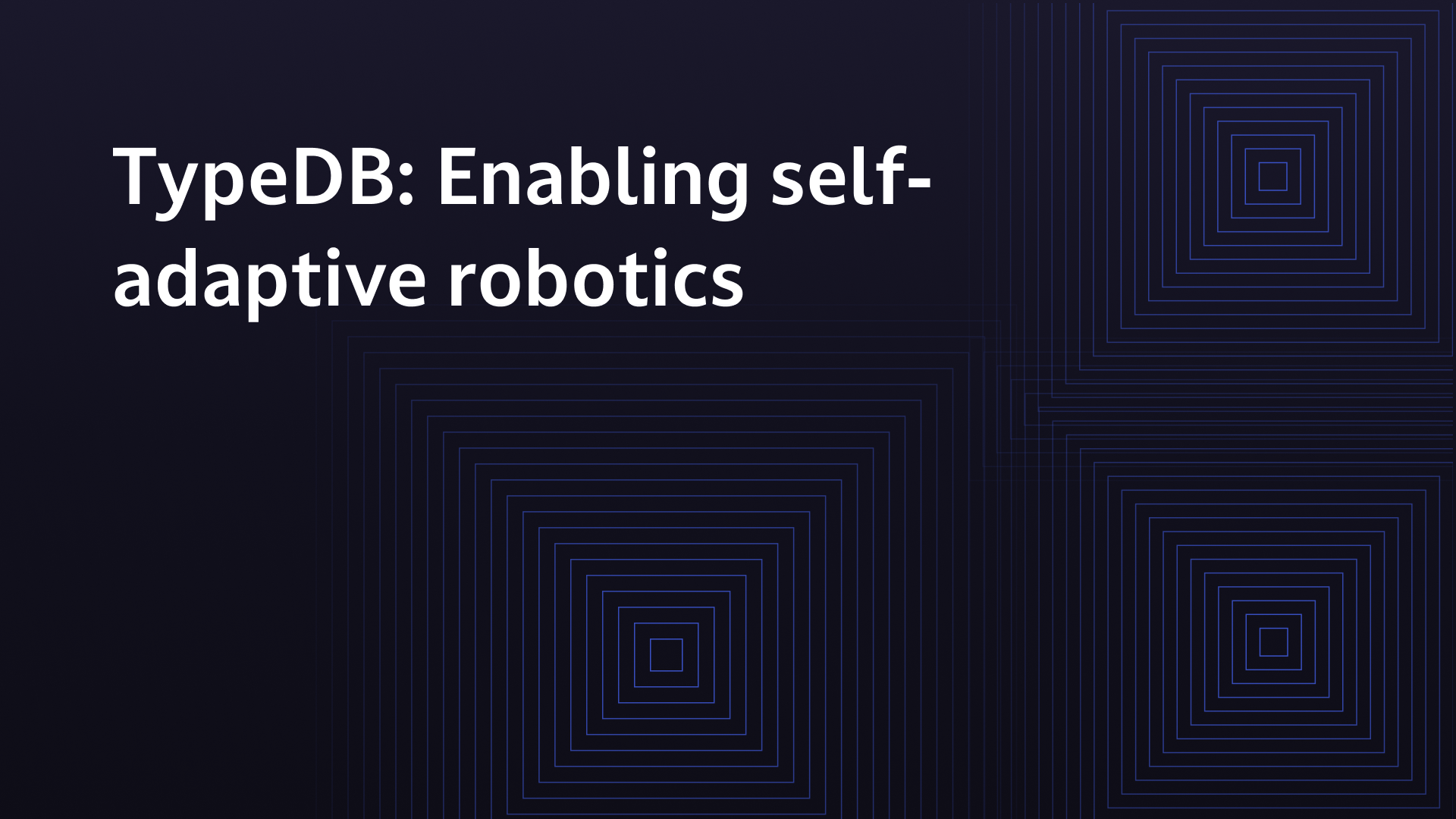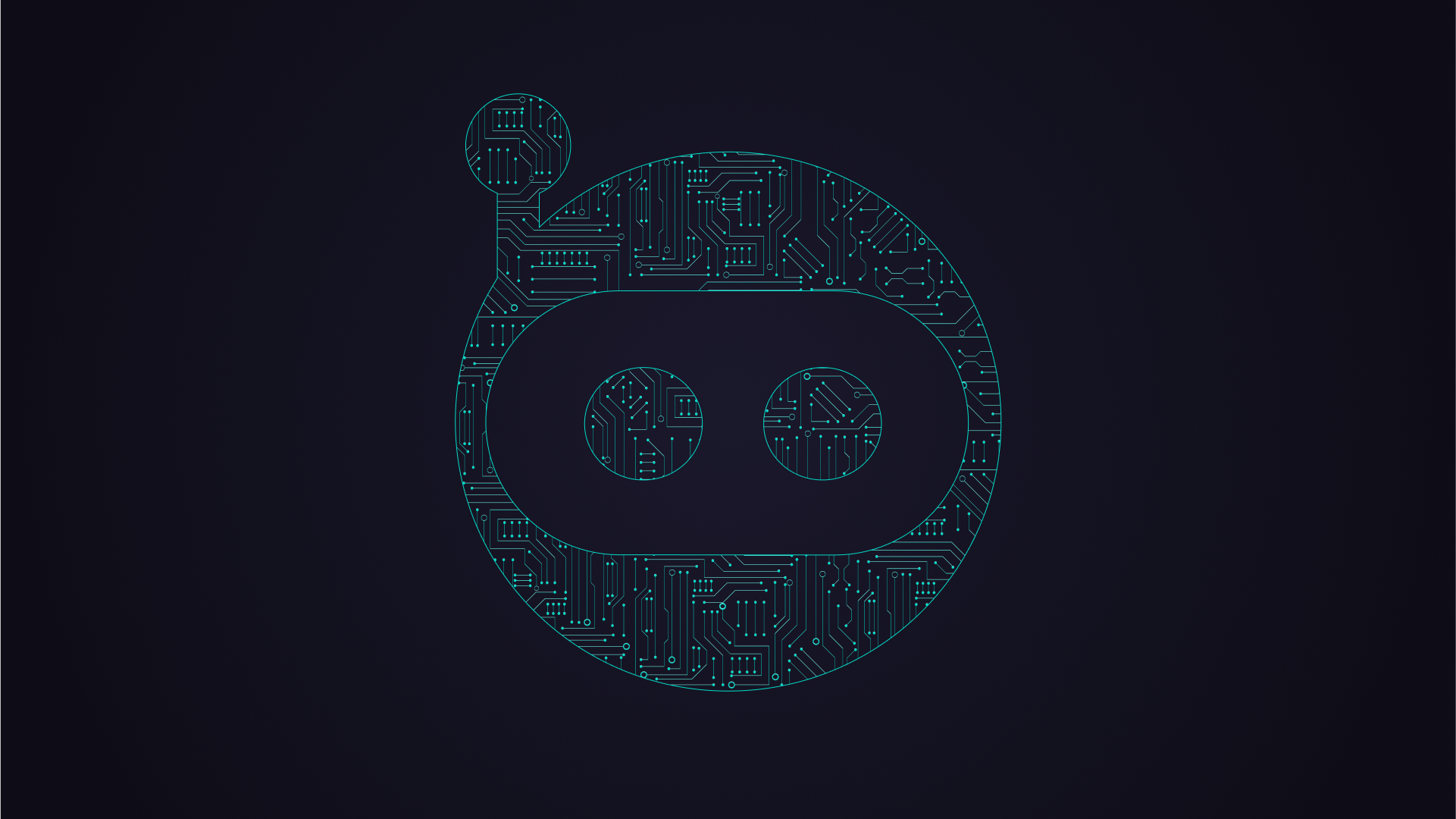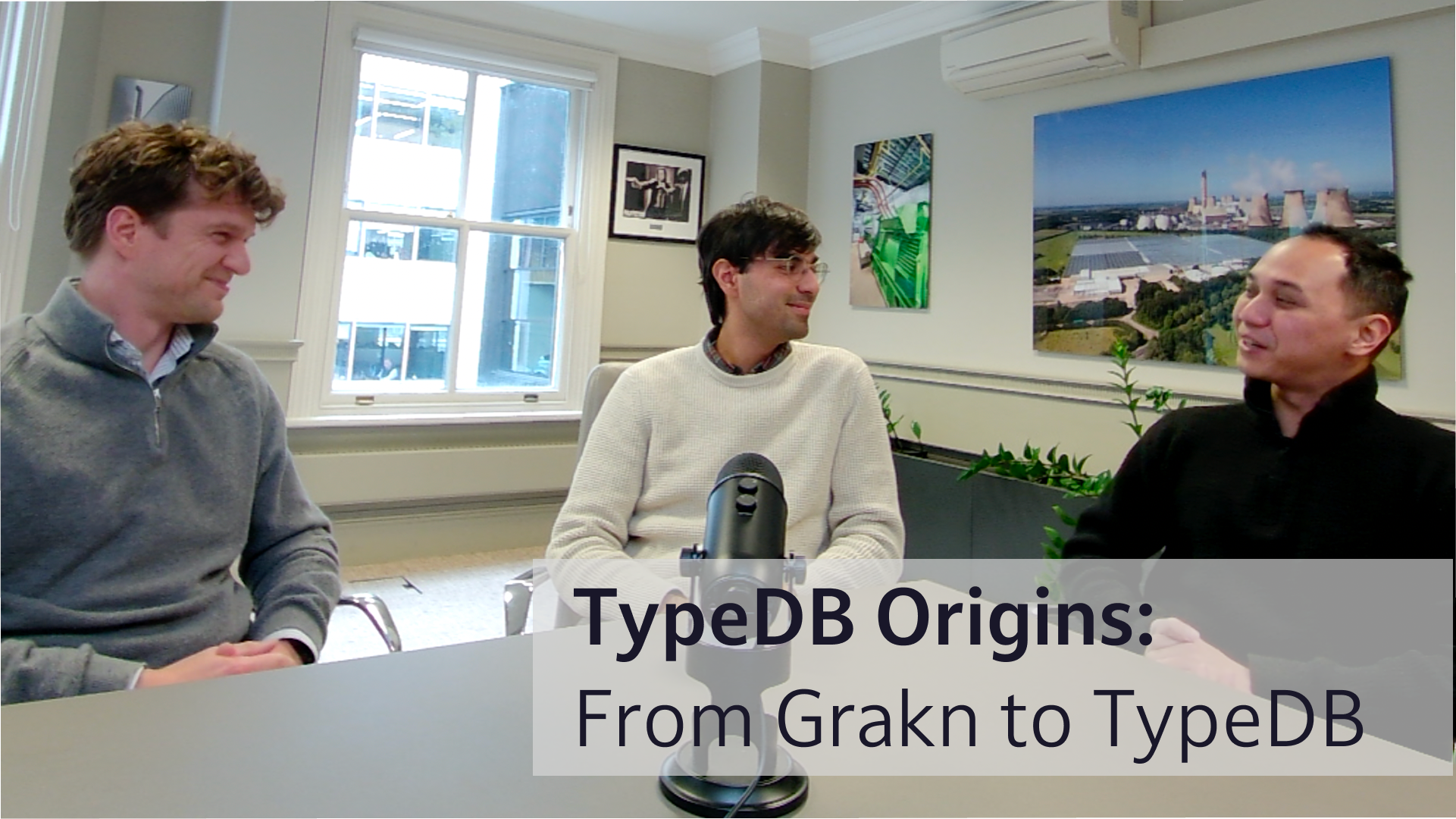How TypeDB enables self-adaptive robotics: A new approach to complex systems

A few months ago, I spent time roaming the Netherlands. I travelled across the country meeting with researchers and engineers working on some of the hardest problems in robotics. One theme came through clearly; The next generation of robots won’t just need to sense and act, they’ll need to adapt autonomously to changing environments and stimuli.
This idea of real-time task and system-level co-adaptation isn’t just a research aspiration. With the latest developments, and seeing some of the work first-hand, it is clear that it has practical application, and that TypeDB can genuinely support it in practice.
The Problem: Robotics systems are interdependent and significantly complex
Modern robots operate in layered, dynamic environments where tasks can shift mid-execution. Resources can degrade. Their architecture (sensor arrays, actuators, control software) must be able to reconfigure themselves on the fly in order to achieve objectives.

Most data backends aren’t designed for this. Traditional approaches like SQL and document stores can model data, but they don’t capture the relationships, dependencies, and logic that define how a robotic system must adapt in real-time.
It isn’t enough to simply store what the robot knows, identifying every possible scenario. You need it to be able to reflect on its environment, and reason over what it should do next.
The Research: The case for knowledge-based adaptation
One of the more thoughtful efforts in this space is the ROSA framework, recently published in Frontiers in Robotics and AI by researchers in the Netherlands. ROSA introduces a new architecture for robot self-adaptation, centred on a knowledge base that models both the robot’s operational goals and the architecture itself.
You can read the full publication here (and I would recommend you do!) →
What’s distinctive about ROSA is its ability to support Task-and-Architecture Co-Adaptation (TACA) which embodies a robot to assess and determine both what it should do at a given moment and how it should do that thing, based on a structured understanding of available resources, task dependencies, and environmental conditions.
A big part of what facilitates that is the underlying knowledge base on which the systems are built, and how that is structured. Cue TypeDB entering from stage right.
Why TypeDB? Because complex reasoning needs a native model
TypeDB provides a type-safe, semantic model that can express the full set of relationships and constraints needed to reason through robotic adaptation.

Unlike most databases, which treat logic as an afterthought, TypeDB bakes inference and schema into the core of the system. This allows you to define data points and build blocks of functions (that allow something to act in specific ways under certain criteria) like:
- “If a sensor fails, exclude dependent tasks unless an equivalent fallback is available.”
- “If the robot must reduce power usage, adjust task scheduling and architectural configuration accordingly.”
You get a system that doesn’t just store facts, but one that can answer questions like:
“Given my current capabilities and the environment I’m in, what is the most robust plan of action?”
In ROSA’s case, TypeDB underpins this kind of reasoning neatly.
A Starting Point: The Open Robotics dataset for TypeDB
To make these ideas easier to implement, we’ve now published a robotics dataset and schema template based on work by one of the seasoned robotics architects I had the fortune to meet during my travels in the Netherlands.
Explore the schema on GitHub →
The schema covers:
- Tasks and subtasks
- Sensors and failure states
- Architectural constraints
- Environmental contexts
- Reasoning rules for adaptation
It is designed as a starting point for anyone building systems that need to adapt across layers, whether you’re building mobile robots, drones, or industrial platforms.
Example: Modeling multi-level reconfiguration
Let’s say a drone detects wind interference and a partial sensor failure. In a conventional system, you might flag those as issues, but you won’t necessarily know what to do next.
With TypeDB and the robotics schema, you could:
- Infer which flight modes are safe given the degraded sensor set
- Replan the task path around wind zones
- Adjust architectural configuration to shift control weighting
This approach represents full reasoned adaptation, based on a deep model of how parts relate to each other. TypeDB’s query language, TypeQL, lets you express these kinds of logical constraints natively.
Why this matters
The next wave of robotics won’t be driven by better sensors or faster CPUs. It’ll come from better decision-making under uncertainty, which means richer models, structured reasoning, and the ability to adapt at runtime.
We think TypeDB is uniquely positioned to support this because it’s fundamentally designed for expressive, interdependent systems.
Most databases are built for storing what happened. TypeDB helps you model what should happen next.
Get involved
The ROSA paper and schema template are open. We are proud to support the community building systems that learn, adapt, and evolve, just like TypeDB.
- 📖 Read the ROSA publication
- 🛠️ Use the schema template
- 🚀 Sign-up to TypeDB Cloud and try it out for yourself
- 📬 Drop us a line if you’re building something adaptive—we’d love to hear about it
Further Learning
Dive in and explore TypeDB or learn more about the technology



